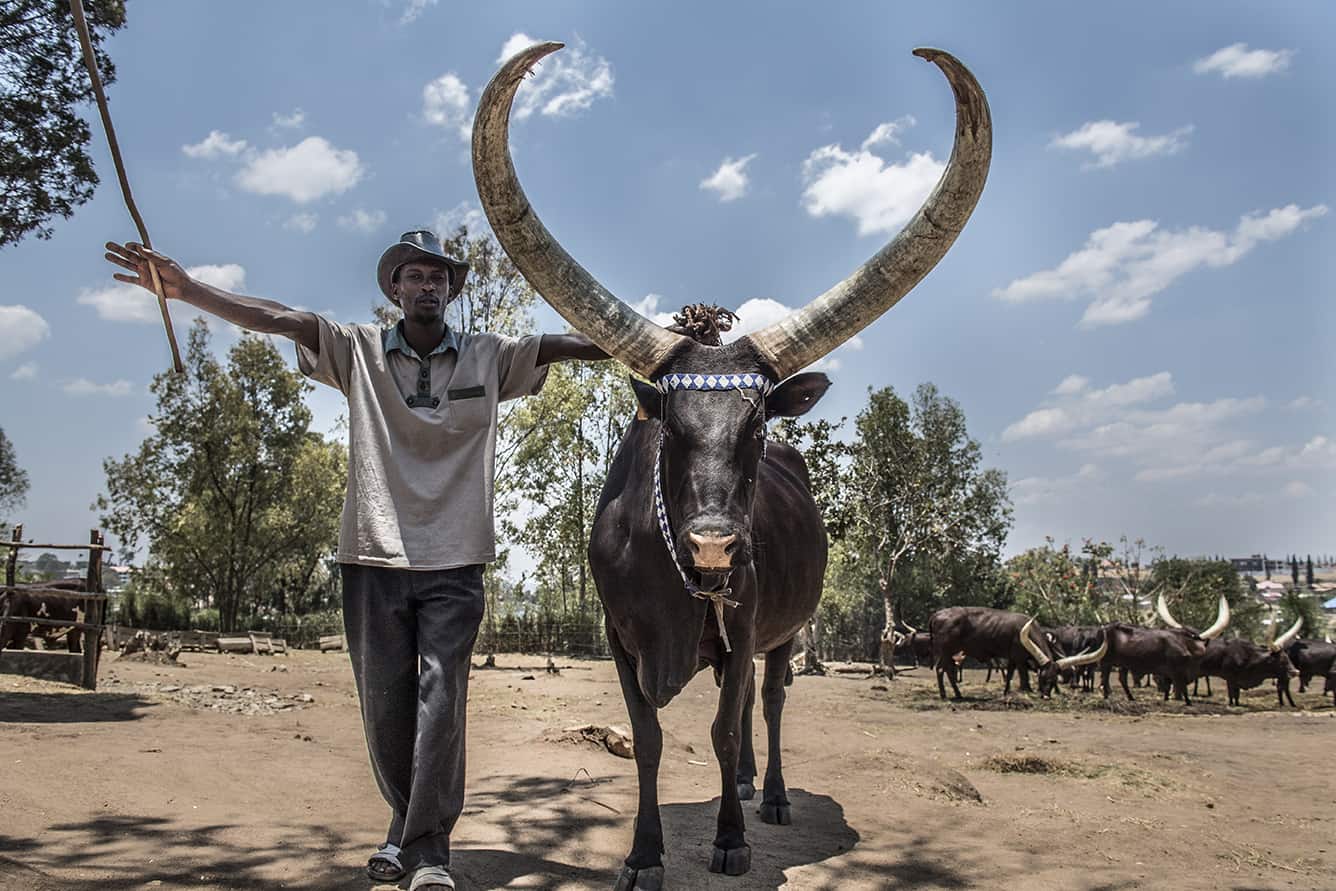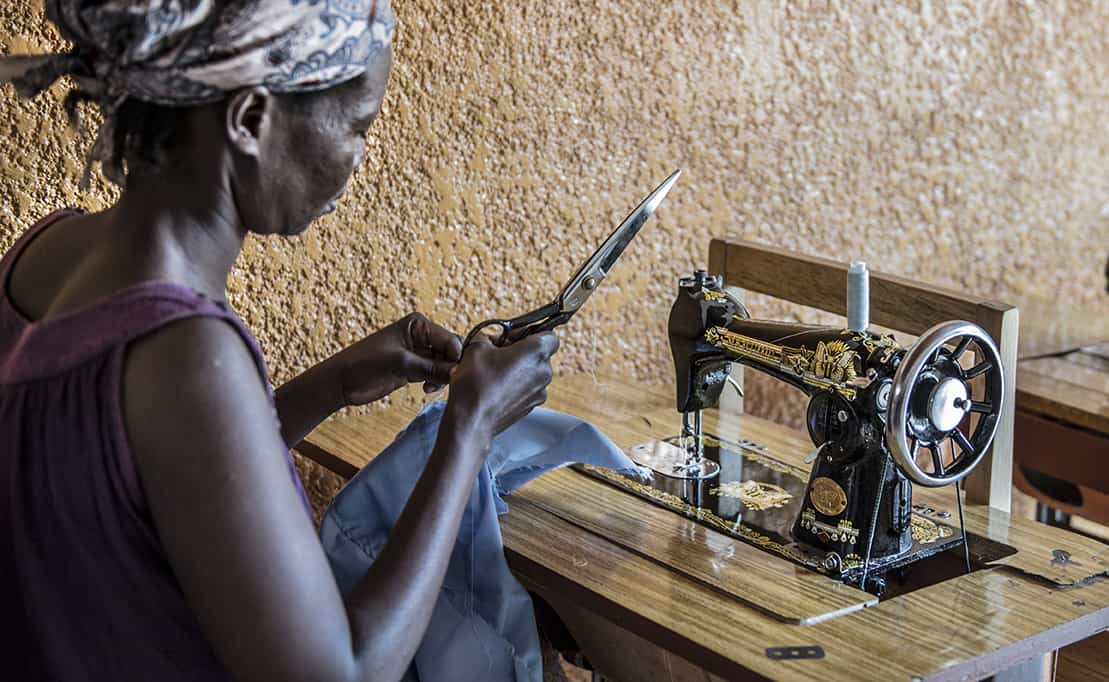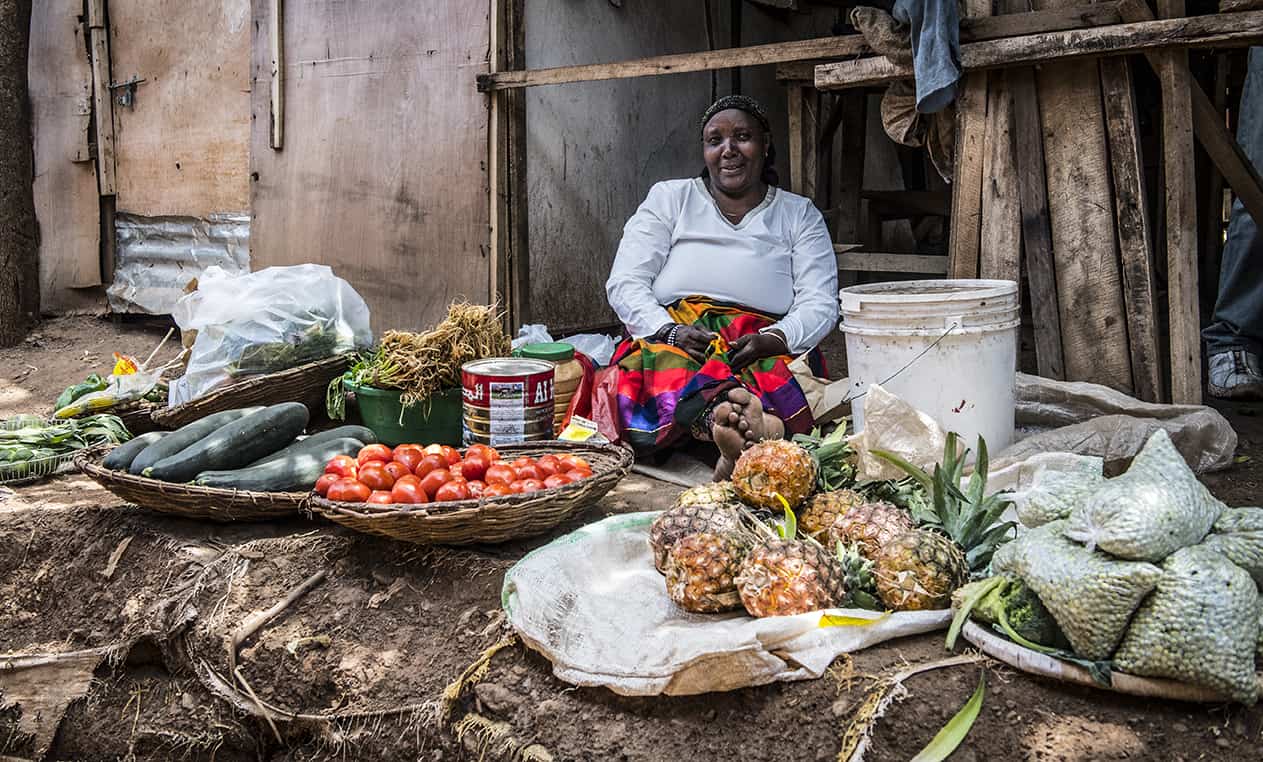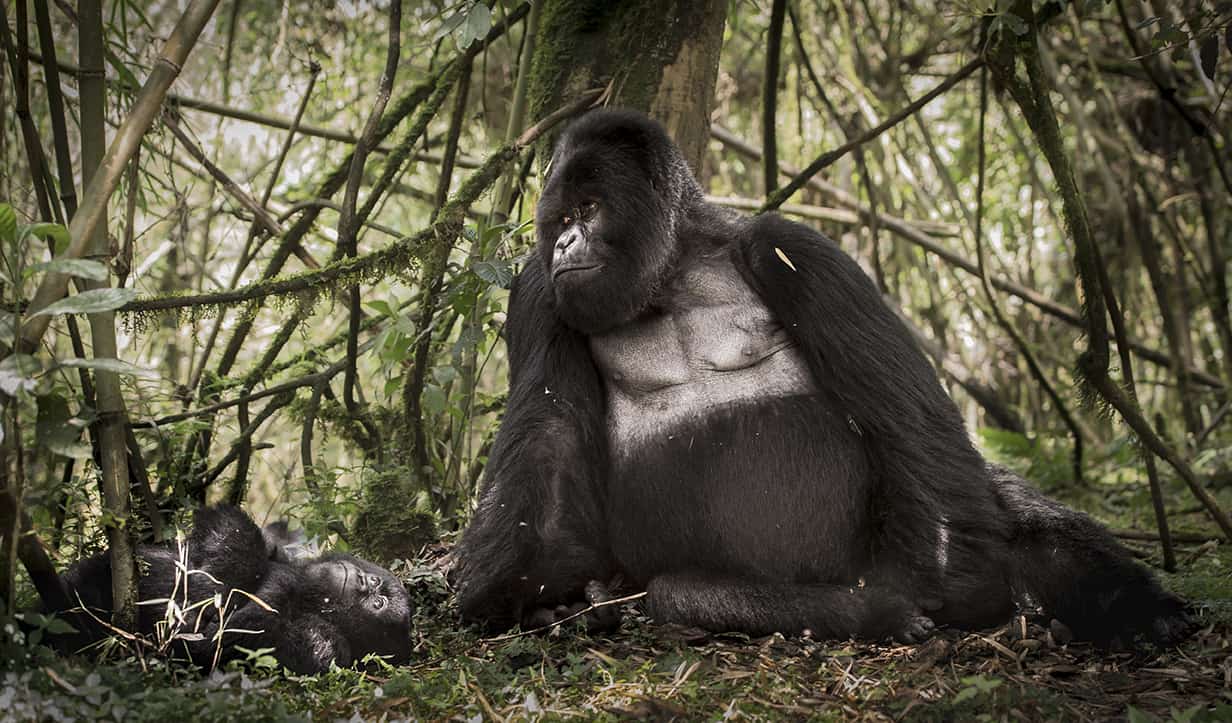AN INTERVIEW WITH WILDLIFE PHOTOGRAPHER TRAI ANFIELD
If you join on of our Photography Workshops, you´ll be lucky enough to be tutored by BBC presenter and wildlife photographer Trai Anfield. We asked her for her photographic passion, her photography tips, and her favourite images.
What sparked your interest in photography?
As with many things in my life I came to photography backwards. I worked for the BBC as a presenter, producer and film maker but became frustrated by the limited subjects and news cameras I had access to. So I bought myself a DSLR and promptly fell in love with the creative possibilities of independent film production and stills photography. I love the way wildlife photography stimulates the logical side of my brain, as well as the more artistic and creative bits, and also the socially aware part that wants to contribute to the continued welfare of wildlife… simultaneously! That’s what keeps me hooked.
What was your first camera, and what equipment do you use now?
My first camera was a little instamatic with a cube flashbulb on the top. I had to save my pocket money to develop my snaps so it was often a choice between photos and sweets… I’d like to say photos always won out, but sometimes to a nine year old they weren’t as rewarding as sherbet lemons… Now I mostly shoot on the new Nikon D5, which is a sensational bit of kit, with the ability to shoot 4k video a real plus for me. … and now with digital I don’t have to choose between sweets and photos!
I’m also a qualified drone pilot and, apart from being great fun, I find that aerial footage lends a really satisfying and exciting extra dimension to film projects.
Having said that, I do think many of us get too hung up on kit, and don’t spend enough time thinking about the creative aspects of photography – sure a D5 that shoots at 12 frames per second may help to capture an action shot, but if your concept is poor and you’re not actually saying anything worthwhile, your technically superb shot may well still be pretty boring and soulless!

At the King’s Palace meet the Royal Cattle – magnificent beasts and very photo-friendly!
Why wildlife photography?
Looking back it was always meant to be – as a kid the Reader’s Digest Atlas of the World opened my eyes to the world beyond Scotland. With its maps of exotic countries, diagrams of our galaxy, and pictures of animals, plants and even rock specimens that book shaped my life. I ended up studying environmental science and working as a countryside ranger. Then I studied meteorology and started broadcasting on BBC tv and radio, encouraging people to consider climate change as well as conservation. I’m still fascinated by everything the natural world has to offer, especially species threatened by extinction, and I hope that my scientific and practical background lends depth to my wildlife photography. But for me wildlife photography can’t exist in a bubble – it has to be relevant and in context, so on my trips we often try our hands at landscape, street and other types of photography as well, for a rounded experience.
What are your main goals with your photography?
My goals are three-fold:
To produce intimate insights into the lives and experiences of the animals I am fortunate enough to encounter, and to use them to help protect the species and habitats.
To support both conservation and community projects wherever I work. My company Enlightened Media was set up on ethical lines and donates time, resources, photography, film and financial support to projects as diverse as Friends of Red Kites in the UK and Mara Naboisho Lion Project, Gorilla Doctors and Women’s Art, Employment and Literacy Co-operatives in Africa.
To provide exciting, informative, inspiring and inclusive photographic safaris and workshops. On my trips it doesn’t matter what kit you bring, my aim is to help you get the absolute best out of whatever you have – iPhone, compact, bridge or pro kit – anything goes, and no question too basic – I love sharing the sheer thrill and joy I get from travel and photography with everyone who joins my safaris.

The Women’s Centre in Nyamirambo supports women through literacy projects and teaching practical skills so they can earn an independent wage.

Greengrocer on our Kigali community walk – everything is locally grown and super fresh!
Who are some of your favourite photographers (past or present)?
I had the pleasure of meeting Bence Máté last year, whose creativity and devotion to developing new techniques I very much admire. Other than that I see and appreciate amazing photographs all the time, but couldn’t tell you who took them – I don’t go for that whole cult of personality thing – I think it’s the image itself that’s important.
Any secret techniques you can reveal?
I’m not sure I’d call it a technique, but I think it’s fun looking beyond wildlife photography at other genres, taking inspiration from how other subjects are approached photographically, and experimenting – often with disasters along the way – to try and give my nature photography a unique edge. Hopefully the images here convey that, and I always learn even when things don’t work out!

Some very special father and son time in the Volcanoes National Park.
Join us in Botswana or Rwanda for an exclusive wildlife photography experience!
You can view more of Trai’s work at https://www.trai-anfield-photography.com/
All images by Trai Anfield




